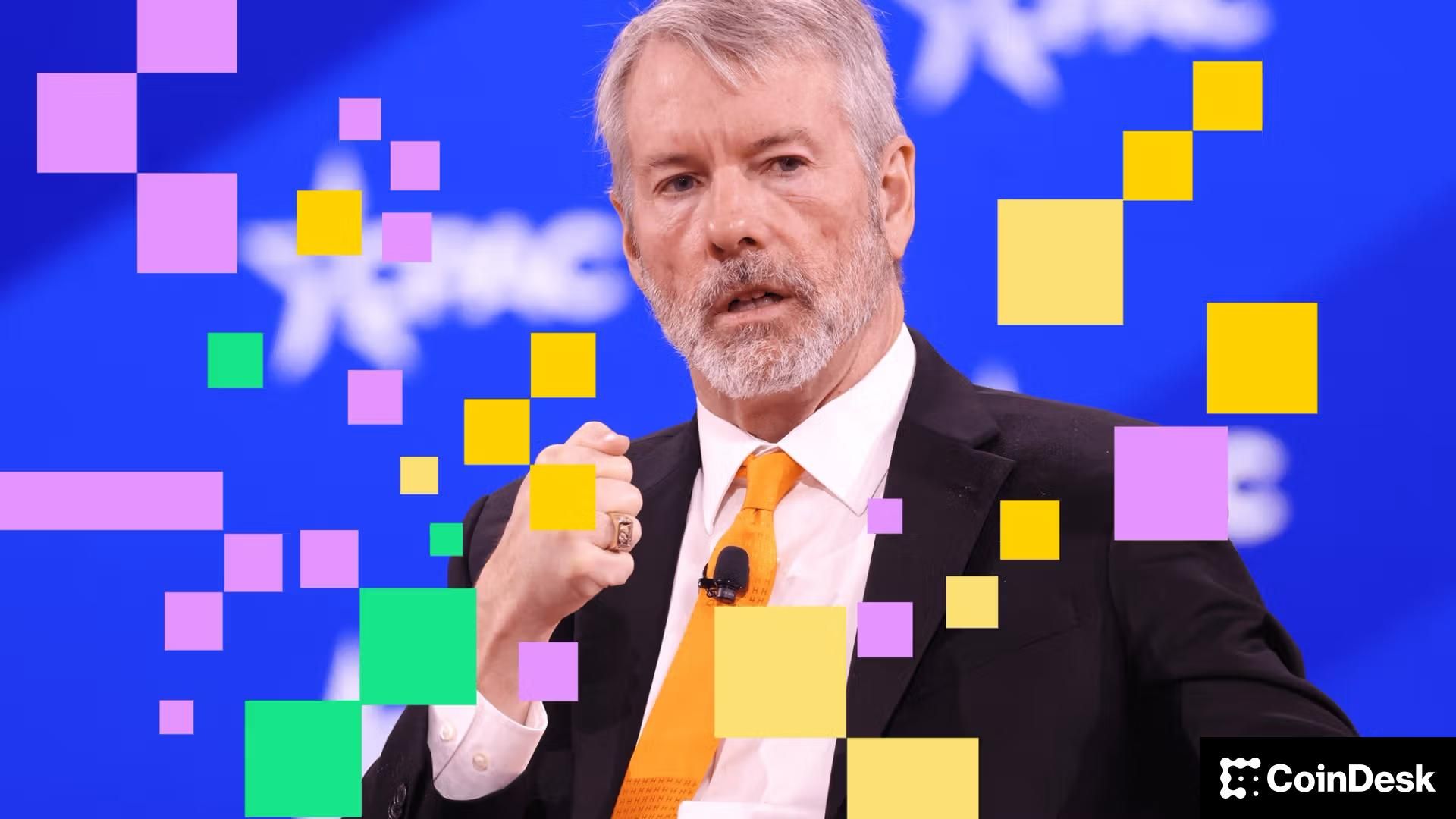
In the summer of 2020, Michael Saylor, then CEO of what was then called MicroStrategy (MSTR), made a decision that would change the financial strategy of his publicly traded company and have repercussions in corporate boardrooms for years to come.
Initially created as a business intelligence software company, the company now known as Strategy had more than $500 million in cash. But Saylor saw that money not as a cushion but as a melting block of ice. With inflation rising and interest rates near zero, holding dollars seemed riskier than ever.
So instead of putting that cash into bonds or stock buybacks, Saylor bet on bitcoin. . He called it the world’s “main asset”: scarce, decentralized and, in his view, structurally immune to inflation. In August 2020, MicroStrategy had purchased its first 21,000 bitcoins for $250 million. The company continued buying. The move was not only unusual: it was unprecedented. And it marked the birth of the digital asset treasury strategy: using cryptocurrencies, primarily bitcoin, as a corporate reserve asset.
That playbook gained new momentum in 2024, when Wall Street finally opened the door to mainstream crypto investing. After years of back-and-forth with regulators, the SEC approved spot bitcoin exchange-traded funds (ETFs) in January, followed by spot ether. ETF in May. Institutional access skyrocketed.
Also in May, publicly traded medical device maker Semler Scientific announced that it had purchased bitcoin as part of a new corporate treasury strategy directly inspired by Strategy’s. The decision came as a surprise for a healthcare company with no ties to digital assets, but the company’s president, Eric Semler, had long been an observer of the crypto ecosystem and the company said the asset’s long-term potential made it a smarter place for idle capital than fiat. Other companies followed, with small-cap tech companies and even non-tech manufacturers disclosing their digital asset holdings in their earnings reports.
Strategy, now rebranded as a bitcoin development company (with Saylor as its CEO), saw its shares rise more than 350% in 2024 as demand for bitcoins soared. After surviving a difficult 2022 when bitcoin fell to the $15,000 range, Saylor and Stategy’s initial bet paid off.
But not everyone who tried the strategy saw lasting results. For example, Semler Scientific, despite initial investor enthusiasm and the accumulation of more than 5,000 bitcoins, has seen its shares fall 54% this year, now falling below the level they were at before the company purchased bitcoins. In September, it agreed to merge with another struggling bitcoin treasury company, Strive (ASST), but shares of both have sunk further.
Spread to altcoins
Taking note of Saylor’s success, attention expanded beyond bitcoin. Ether came first, with Joe Lubin and Tom Lee running companies dedicated to accumulating ETH tokens. Speculation on future altcoin ETFs, including Solana, XRP and others, sparked even more interest in diversifying corporate crypto treasuries. Some companies, seeking to differentiate themselves or align themselves with emerging networks, began accumulating other tokens. Nasdaq-listed Trident Digital, for example, added XRP to its treasury in June 2025.
But the strategy was also used. A flood of penny stocks and obscure microcap companies began using bitcoin as a primary tool, not an investment thesis. These companies had no real exposure to digital assets as a business: neither mining platforms, nor blockchain products. But they saw what happened to Strategy stock and tried to replicate it. The formula became familiar: Issue a press release touting a pivot into cryptocurrencies, announce a small purchase of bitcoin or solana, and watch the stock briefly rise. In many cases, it worked, for a day or two.
Amid the collapse in stock prices, some treasury firms have been forced to modify parts of their strategy, even to the point of selling cryptocurrencies to raise cash for share buybacks. Ethereum-focused ETHZilla (ETHZ), once praised for building an ether-based corporate treasury, revealed last week that it sold approximately $40 million in ETH from its reserves. It has used some of the cash to buy back its own shares as the company’s market value fell below the value of its cryptocurrency holdings and has pledged to continue buybacks if necessary. It’s a reminder that price swings can cut both ways, even for companies that own what they consider “hard assets.”
Still, of all the companies that have tried, none have matched what Strategy has achieved. Its balance now contains more than 641,000 BTC, 3% of the total supply. Michael Saylor, once a specialized enterprise software executive, is now one of bitcoin’s most recognized advocates. And while many other CEOs have dabbled in the digital asset treasury approach, none have gained the same level of credibility.
It is not yet clear whether the strategy becomes a fixture of modern finance or fades away like a speculative bubble. For now, it’s Michael Saylor’s game; everyone else just tries to play it.



